Article updated June 2025
This is the third in a four-part series. In previous articles (links at the bottom), I discussed the spontaneous regeneration of brownfield sites in the UAE and the utilisation of seeded landscapes to create semi-natural ecosystems without irrigation. Another factor of these landscapes would be to make them productive in a way that would enrich the soils of not just that landscape but, by the production of useful products, returning fertility to the soil for both the site concerned and also urban landscapes and gardens elsewhere.
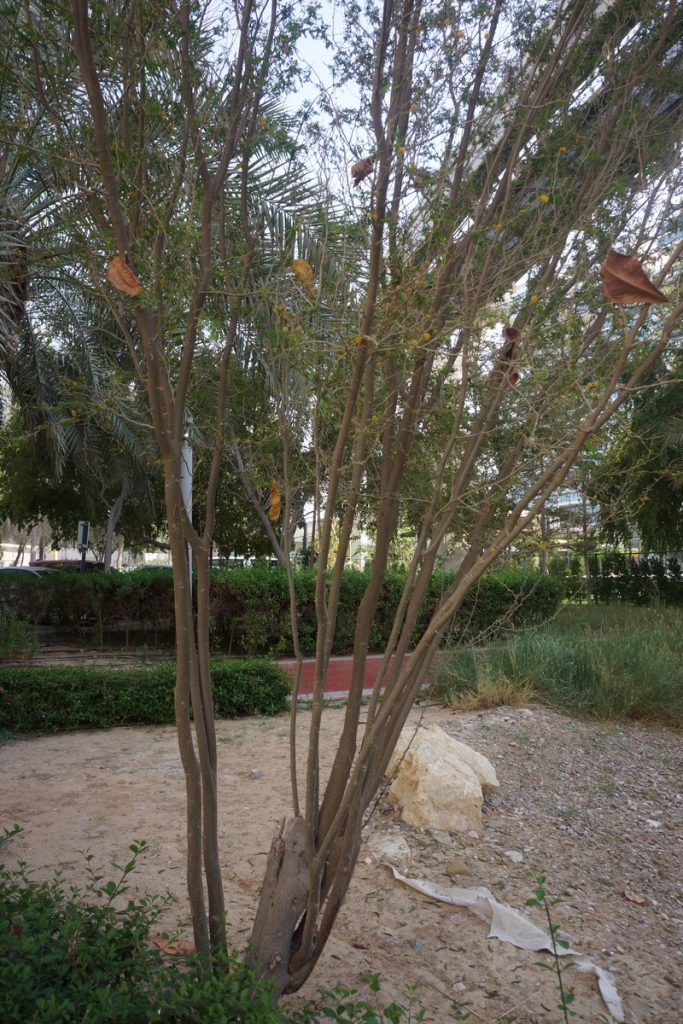
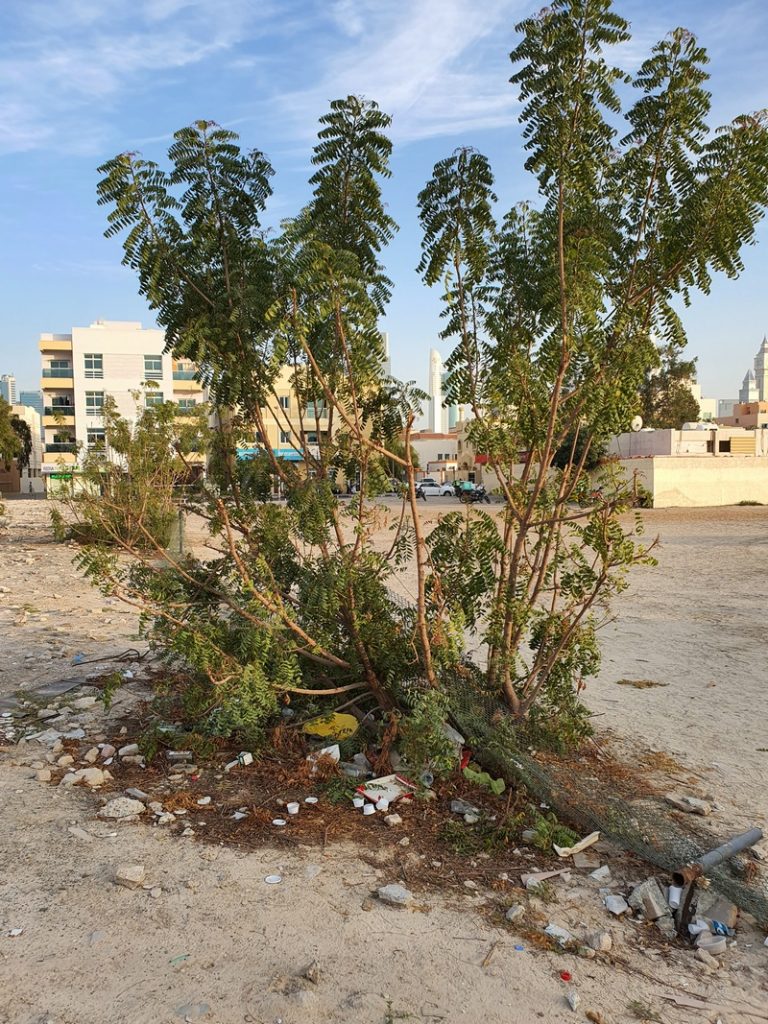
Coppice woodland is not a term that you normally associate with the Middle East, yet there are many trees, both native and introduced, that would work in this manner. So what would be the point? Well, we have become used to landscapes being either for agriculture, or for ornament, yet this simplification overlooks the fact that we can have landscapes that are multi-functional and that they can also be productive in other ways.
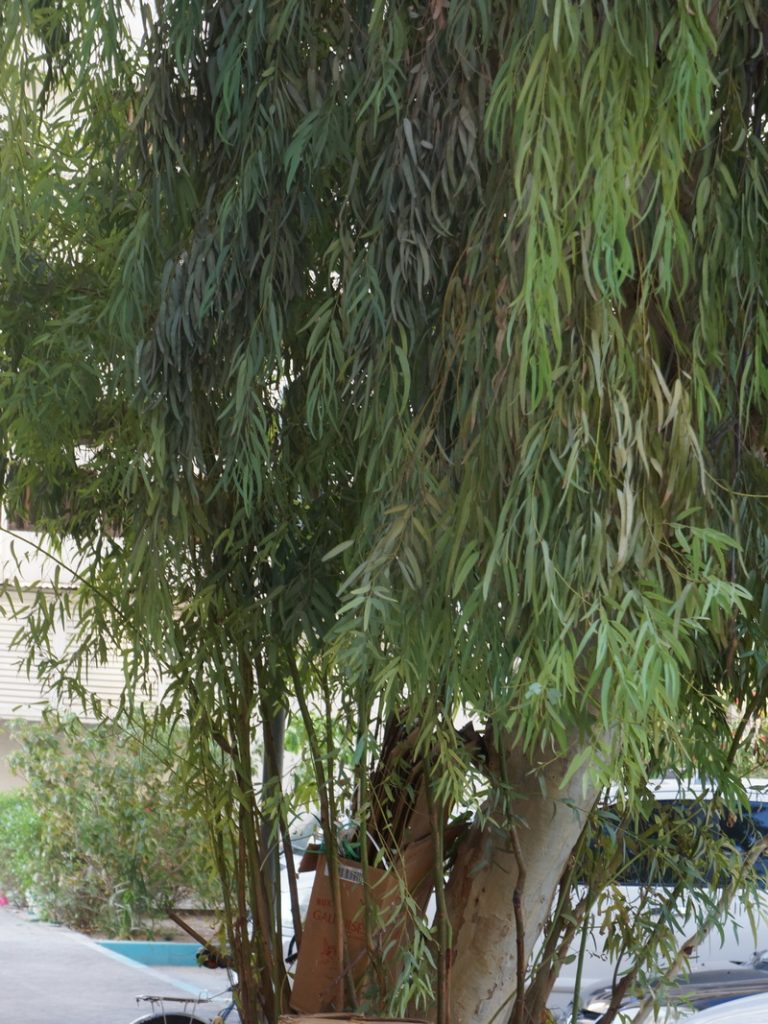
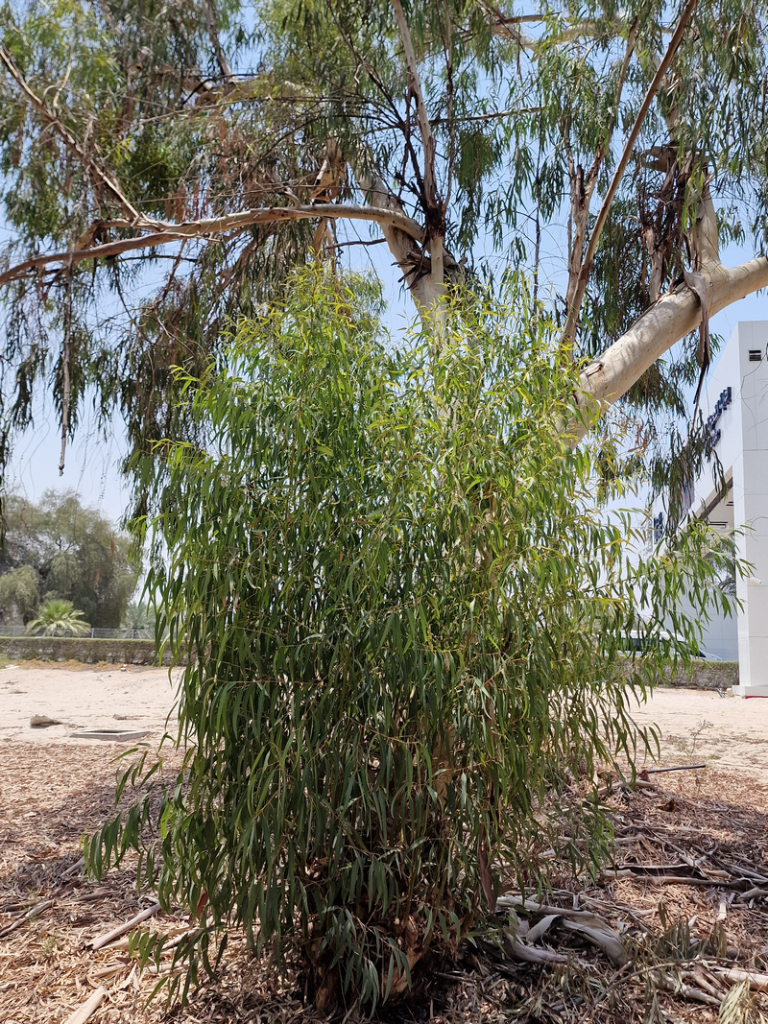
To understand this concept, we should look to agroforestry, or forest gardens, where multi-functionalism is the order of the day. We think of these systems as being in tropical or temperate regions, yet there are many plants that can be organised and used in this fashion in arid lands. I want to focus this article on one aspect only, the production of biomass. Biomass has multiple functions: the production of poles for building and firewood, compost, and when shredded, mulch. We can produce biochar, which is seen as an increasingly important part of long-term soil enrichment and carbon sequestration. There are also food and fodder crops which would be a valuable product, dependent upon species. And of course, verdant biomass supports verdant wildlife.
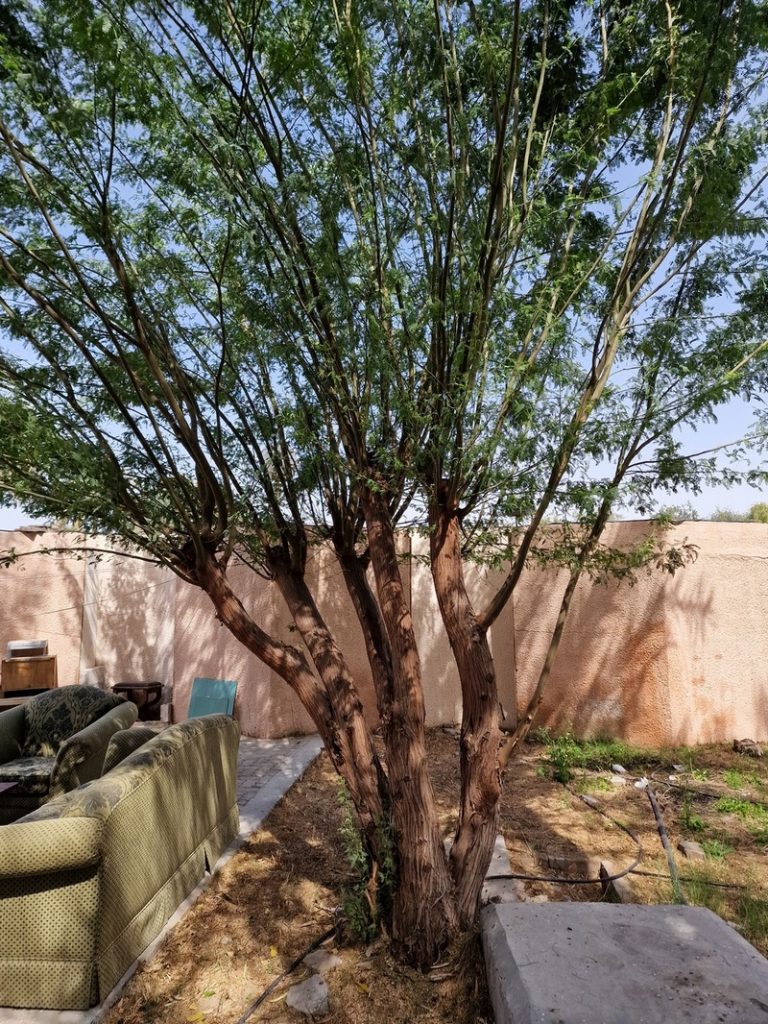
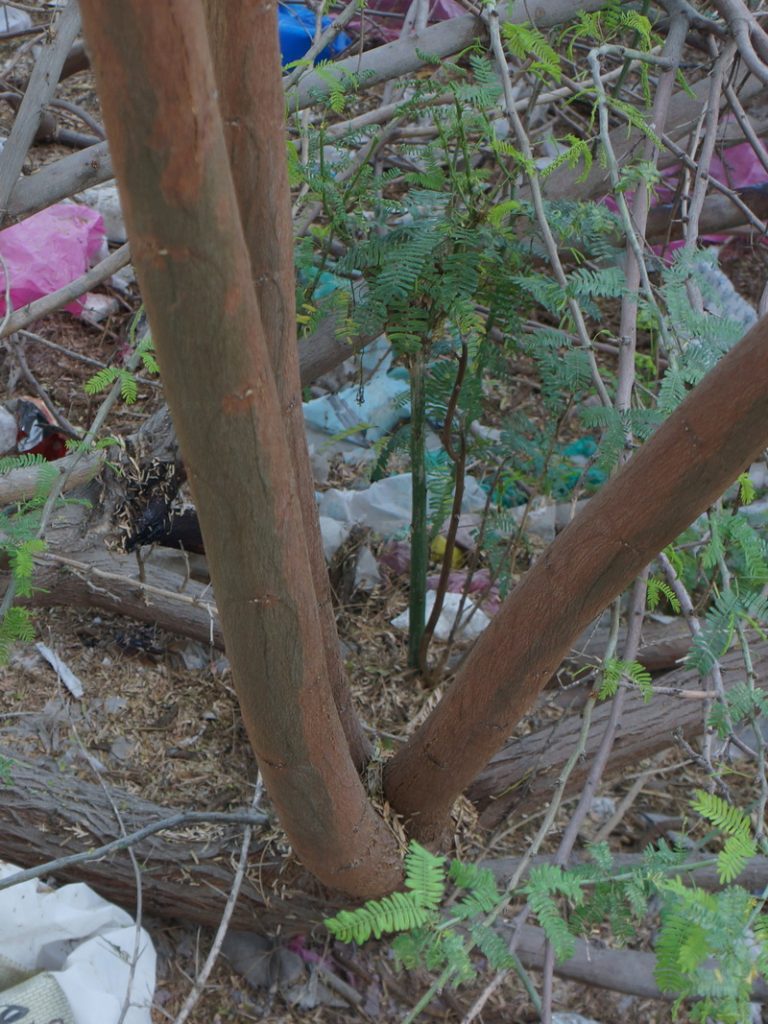
Many of these plants are also nitrogen-fixers and these are especially valuable for building fertility and assisting the development of other species. Whilst some may have allelopathic properties, which inhibit the germination of other seedlings within the root zone, my general observation is that this is not particularly effective, nor a problem.
So a list of trees that would grow in the Middle East unirrigated, can be coppiced and are nitrogen fixers, would include:
- Acacia saligna
- Senegalia (Acacia) senegal
- Vachellia (Acacia) tortilis
- Albizia lebbeck
- Leucaena leucocephala
- Millingtonia hortensis
- Parkinsonia species – especially ‘Desert Museum’
- Pithocellobium dulce
- Prosopis cineraria
- Neltuma (Prosopis) juliflora
- Sesbania sesban
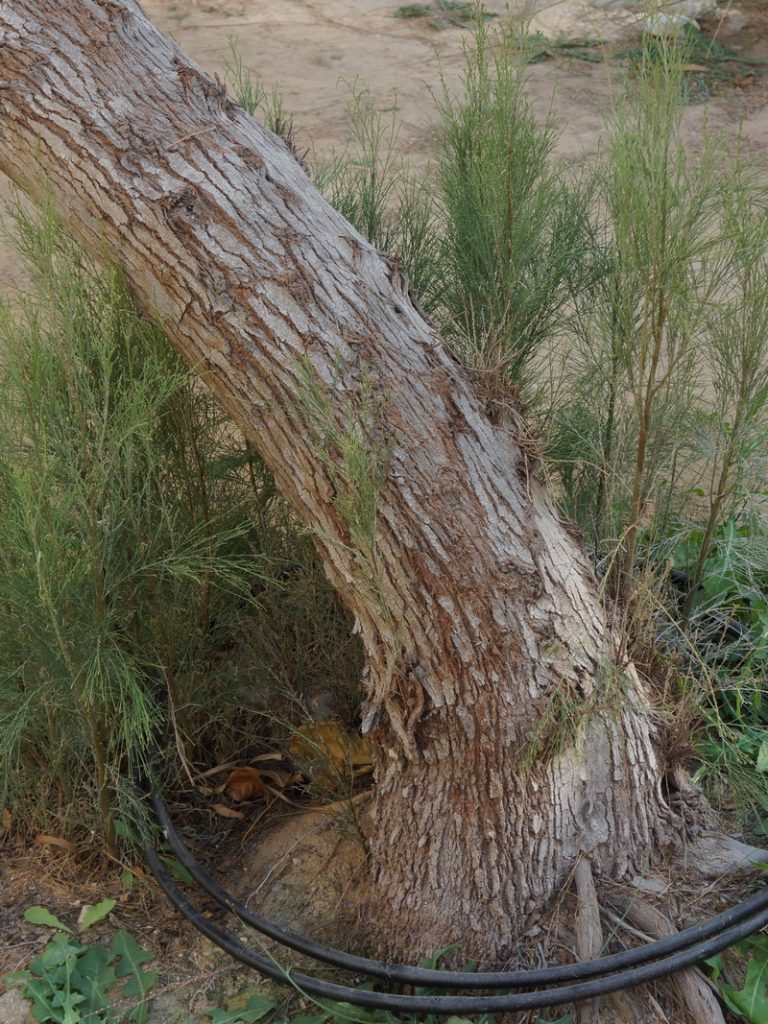
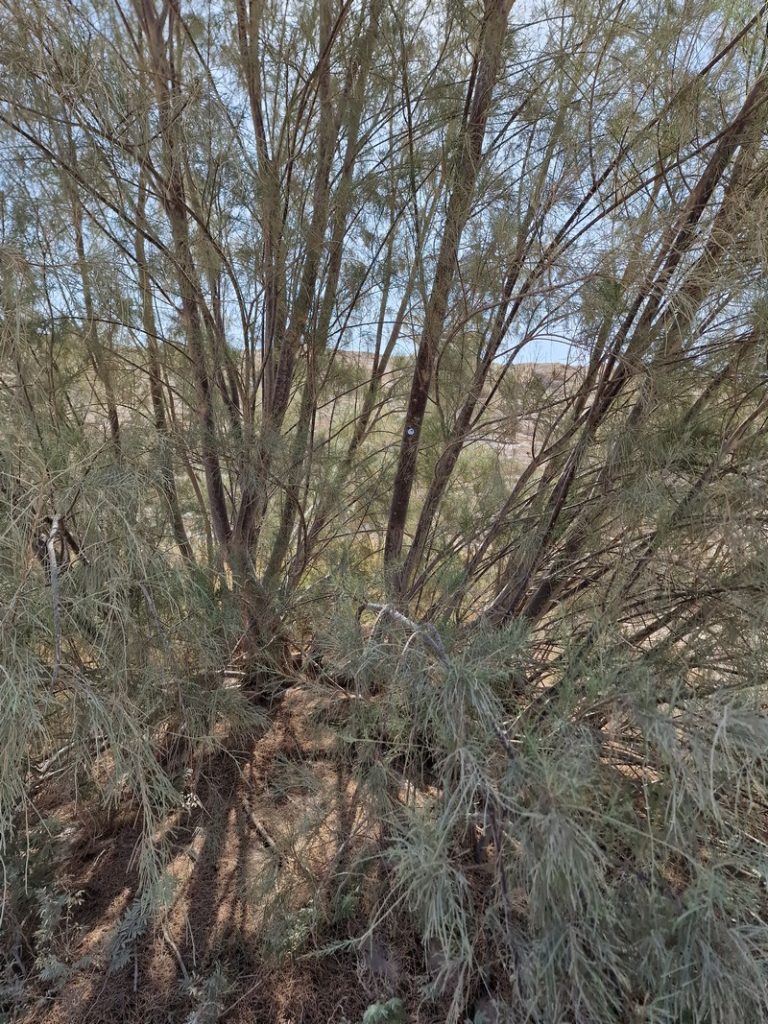
Other non-nitrogen fixing species would include:
- Azadirachta indica
- Conocarpus erectus/lancifolius
- Eucalyptus camaldulensis
- Ficus sp.
- Moringa oleifera
- Tamarix sp.
- Ziziphus spina-christi
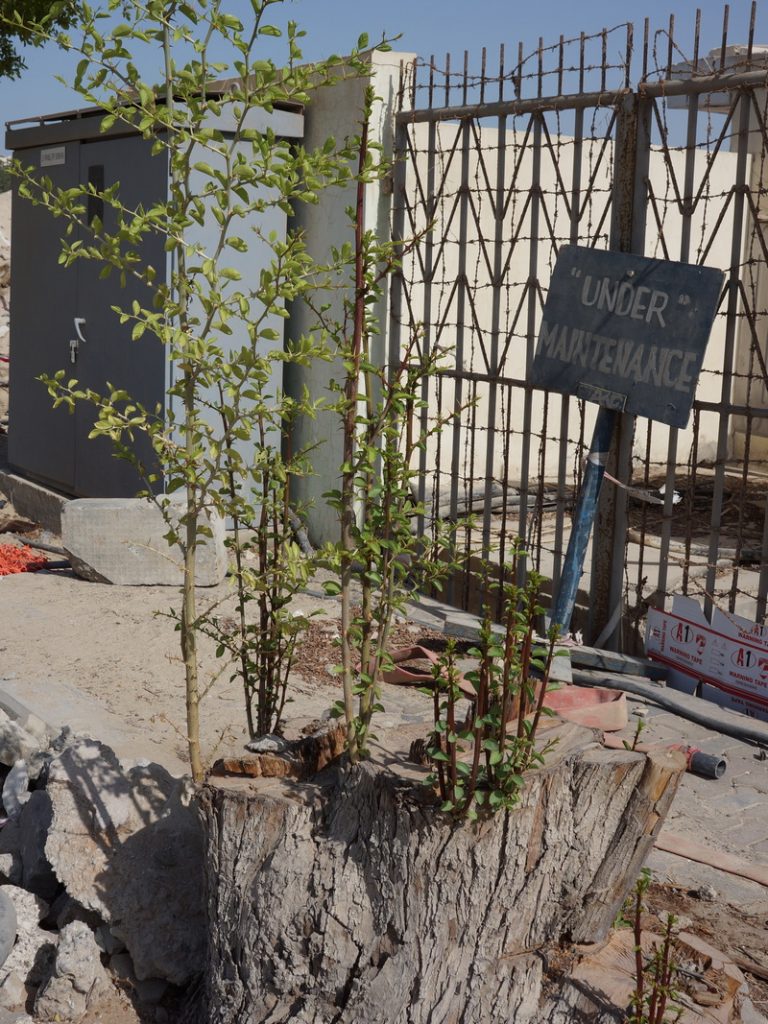
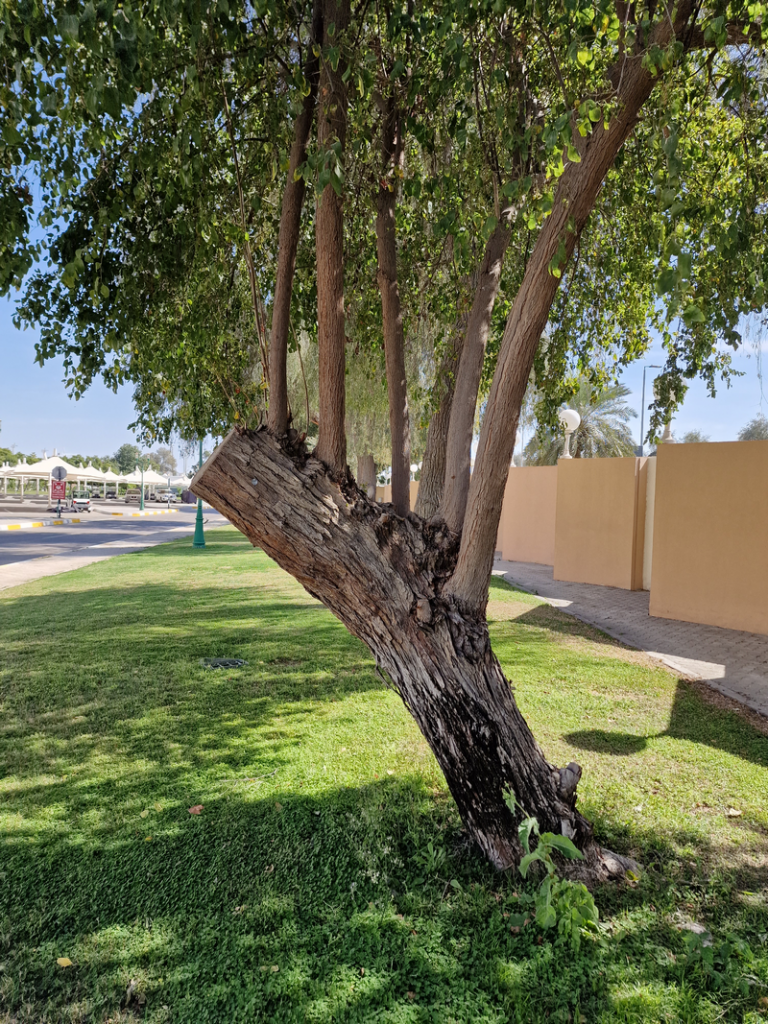
It’s important to say that this shouldn’t be designed as a monoculture; there are sound ecological reasons to maximise the diversity of a planting. Naturally, you wouldn’t use everything, for conditions will suit some better than others for any given site. Nor would you coppice everything all at the same time. Staggering the harvest evens out the workflow but, more importantly, creates communities of plants at different stages of growth. The “edge zones” are always where the greatest biodiversity occurs, for you get the overlap of differing ecologies. Whilst each species will have its regrowth rate and optimum cutting cycle, this can also be varied according to the end use of the product.
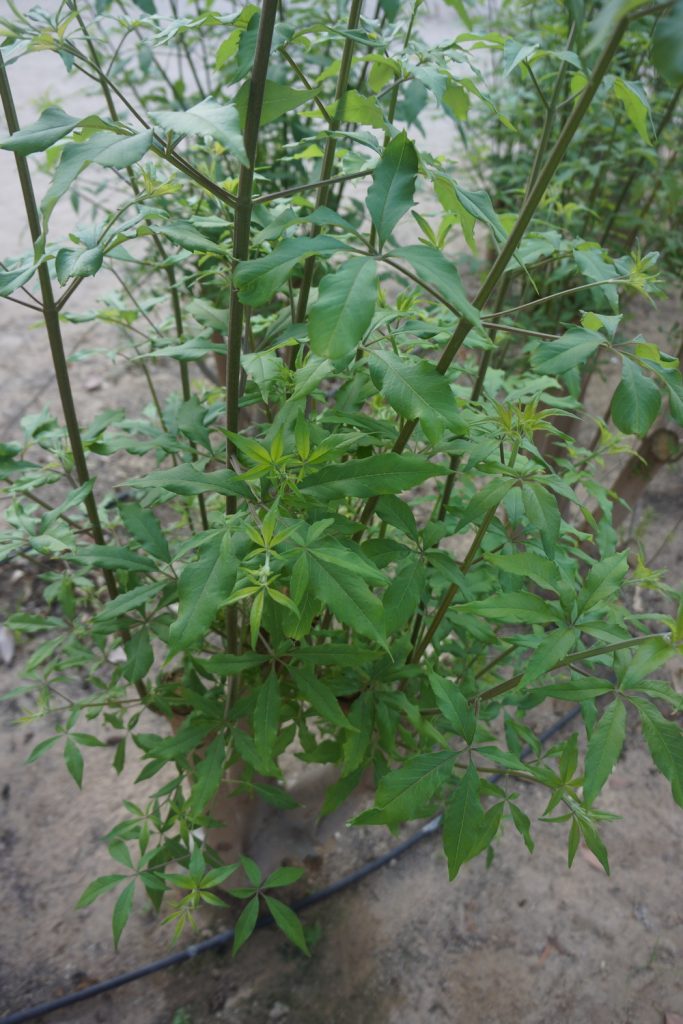
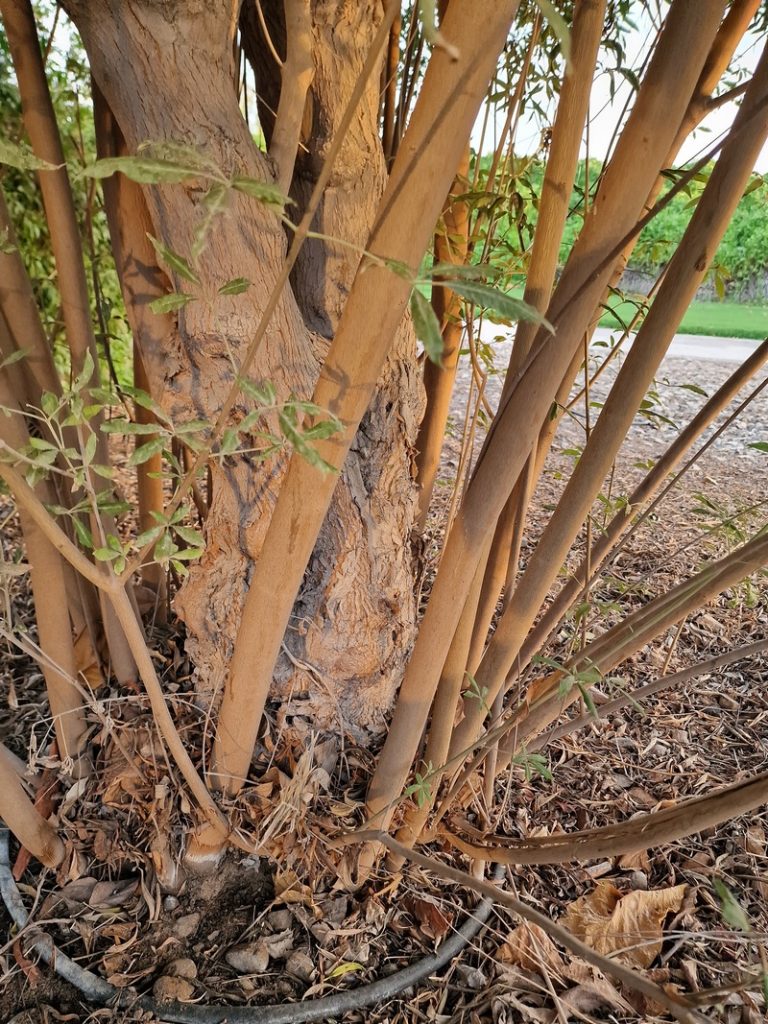
Of course, there is a problem, for many of these species are incredibly thorny, which is a real issue for those carrying out the coppice-work. Young vigorous growth also tends to have the most vicious thorns! On a larger scale, it may be possible to use forestry-style Forwarder tractor-trailer units to collect the brush and load it directly into the chipping machine hopper, without human intervention. Someone still has to cut it and do the initial handling, though. Modern plant breeding can produce thornless varieties, which are more desirable, for example, Parkinsonia ‘Desert Museum’, or the thornless varieties of Neltuma juliflora.
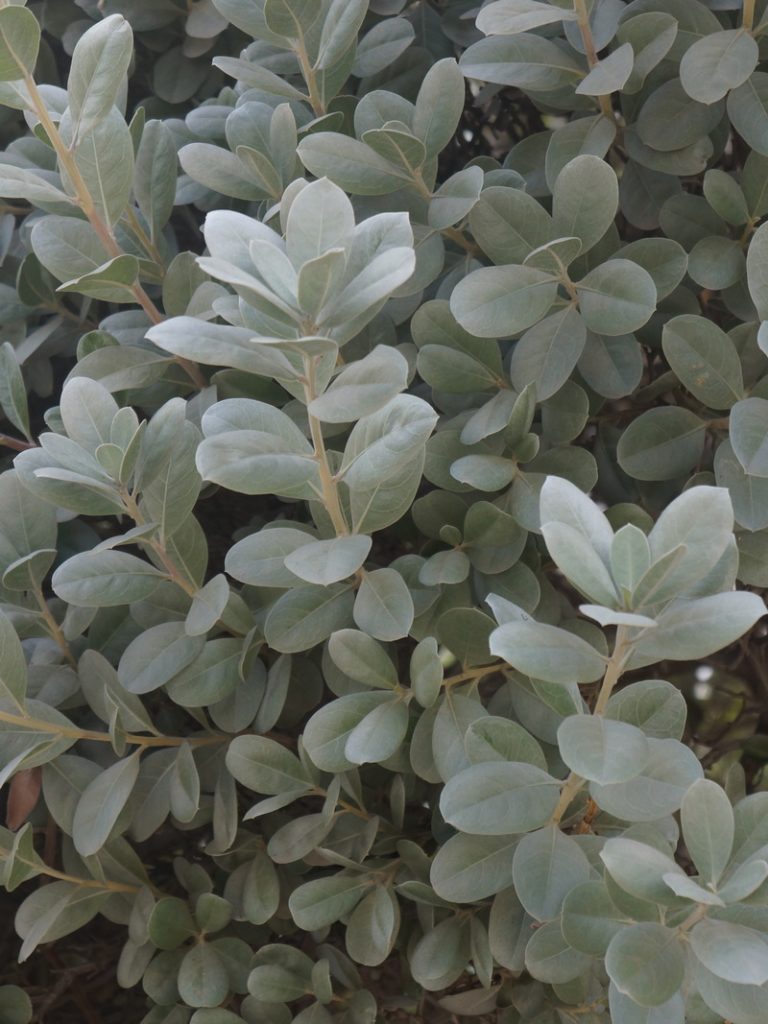
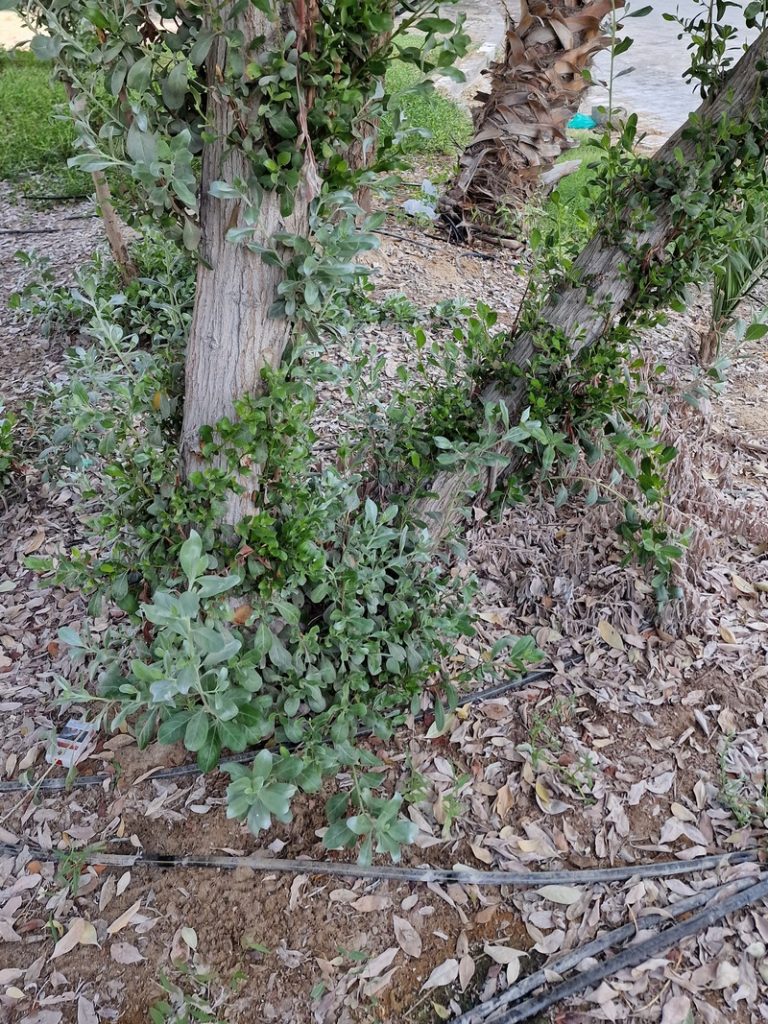
So how do we express this idea, of coppiced woodlands, arid-land style? it would depend on context but there are several approaches we could take. On a large scale, machine operated (as mentioned above), we would have to do traditional layouts with alleys or rows, firebreaks etc. Mixed planting though, would be preferable although strips of one species are possible. If kept narrow, with different species to either side, the effect ecologically would be similar to mixed planting.
In smaller areas, or where human interaction is intended, then these could take the form of the mixed, seeded landscapes that I discussed in my previous article. In other words, we can combine the function with the elements of aesthetics and ecological diversity. Not to mention desert reclamation. Remember, all this is proposed as unirrigated land. The verges along main roads are a prime candidate, instead of over-manicured lawns and hedges that you see at many junctions.
My next article will discuss design, the knowledge and training needed for the creation of such landscapes. I believe we could transform the landscapes of the Middle East, without the intensive irrigation that is required by conventional approach.
First and second articles in this series:
More recent article (2024) on urban coppice landscapes:
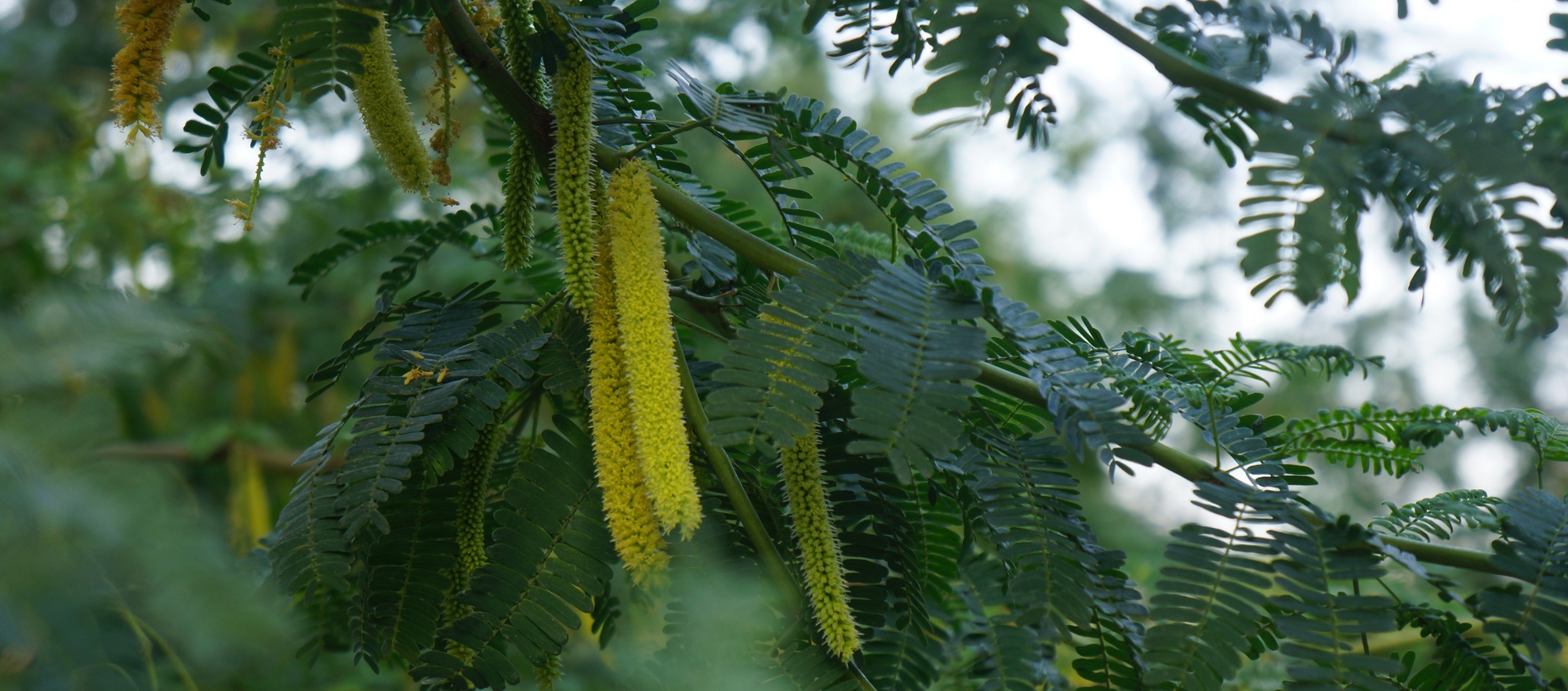
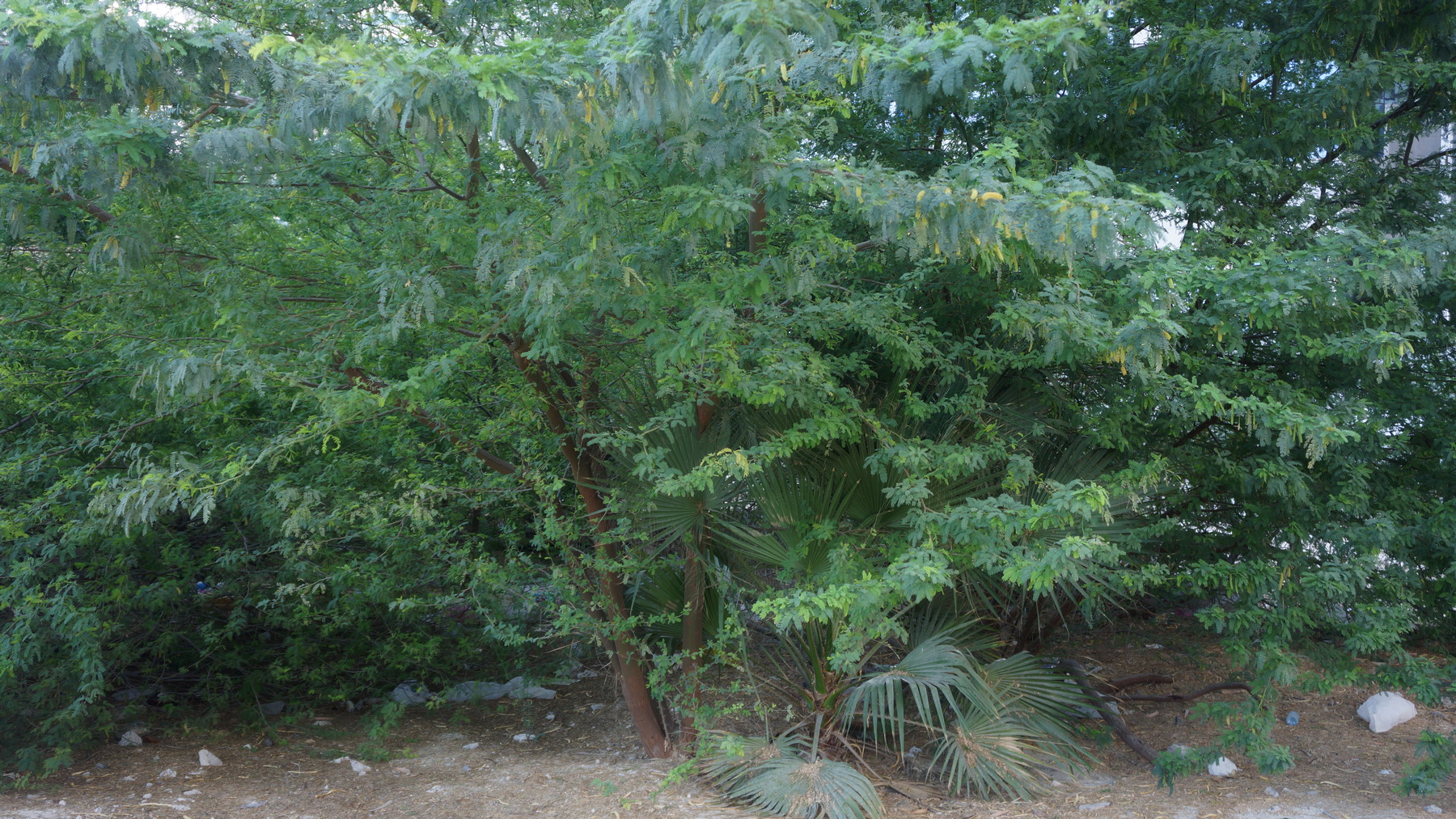
great work
Mark, you may want to add Parkinsonia florida and Parkinsonia x ‘Desert Museum’ to your list. So far the test plots that have been made on the border land between the highway in Dubai are showing strong growth without irrigation.